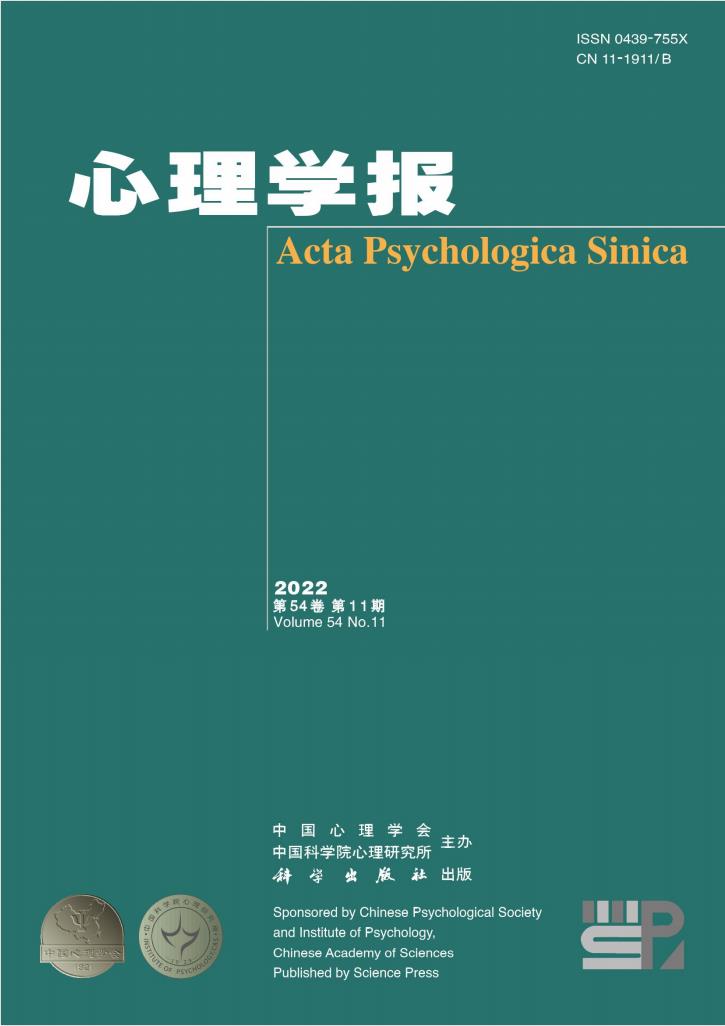员工正念对配偶家庭满意度和工作投入的影响
IF 1.3
4区 心理学
Q3 PSYCHOLOGY, MULTIDISCIPLINARY
引用次数: 4
摘要
基于资源守恒理论,本文考察了员工正念如何以及何时影响配偶家庭满意度和工作投入。研究表明,员工正念作为一种重要资源,通过战略性情感连接展示与配偶家庭满意度和工作投入呈正相关。同时,COR理论表明,对资源的威胁会促使个人保护而不是消耗剩余的资源。因此,本研究认为配偶家庭负面情绪表达是员工正念与员工战略情感连接表现之间关系的调节因素。我们采用经验抽样方法,从中国北方一家商业银行的一线员工及其配偶身上收集数据。在时间1(每日调查开始前一周),我们邀请了129名一线员工提供人口统计信息。我们还要求他们的配偶提供人口统计信息,并在人与人之间对变量进行评分(即家庭负面情绪表达)。在10个工作日内,我们邀请参与者在个人层面对变量进行评分。上午9点,配偶们收到了一个评估他们工作敬业度的链接。晚上8点30分,员工和他们的配偶分别收到了一个链接。员工对他们的正念和战略性情感连接表现进行评分,并要求配偶对他们的家庭满意度进行评分。最终有效样本包括114名员工和114名他们的配偶。使用Mplus8.0和bootstrap技术来检验我们的假设。正如假设的那样,我们的研究发现,员工正念与员工的战略情感连接表现呈正相关。员工战略性情感连接表现与配偶家庭满意度和第二天早上的工作投入呈正相关。此外,员工的战略性情感连接表现介导了员工正念对配偶家庭满意度和第二天早上配偶工作投入的影响。此外,配偶家庭负面情绪表达调节了员工正念与员工战略情感连接表现之间的正向关系。也就是说,当配偶家庭负面情绪表达高于而非较低时,员工正念与员工战略情感连接表现之间的正向关系减弱。适度调解模式本文章由计算机程序翻译,如有差异,请以英文原文为准。
The effects of employee mindfulness on spouse family satisfaction and work engagement
Based on conservation of resources (COR) theory, this paper examines how and when employee mindfulness influences spouse family satisfaction and work engagement. It proposes that employee mindfulness as an important resource is positively related to spouse family satisfaction and work engagement by strategic emotional connecting display. Meanwhile, COR theory suggests that threats to resources would urge individuals to protect rather than consume the remaining resources. Thus, this study considers spouse family negative emotional expression as a moderator in the relationship between employee mindfulness and employee strategic emotional connecting display. We collected data from front-line employees in a commercial bank in Northern China and their spouses by experience sampling methodology. At Time 1 (one week before the start of the daily surveys), we invited 129 front-line employees to offer demographic information. We also asked their spouses to provide demographic information and rate the variable at the between-person level (i.e., family negative emotional expression). During 10 workdays, we invited participants to rate the variables at the within-person level. At 9 a.m., spouses received a link to assess their work engagement. At 8:30 p.m., employees and their spouses received a link respectively. Employees rated their mindfulness and strategic emotional connecting display, and spouses were asked to rate their family satisfaction. The final valid sample consisted of 114 employees and 114 their spouses. Mplus 8.0 and the bootstrap technique were used to test our hypotheses. As hypothesized, our study found that employee mindfulness was positively and significantly related to employee strategic emotional connecting display. Employee strategic emotional connecting display was positively and significantly associated with spouse family satisfaction and work engagement in the next morning. Additionally, employee strategic emotional connecting display mediated the effects of employee mindfulness on spouse family satisfaction and spouse work engagement in the next morning. Moreover, spouse family negative emotional expression moderated the positive relationship between employee mindfulness and employee strategic emotional connecting display. That is, when spouse family negative emotional expression was higher rather than lower, the positive relationship between employee mindfulness and employee strategic emotional connecting display was weakened. The moderated mediation model
求助全文
通过发布文献求助,成功后即可免费获取论文全文。
去求助
来源期刊

心理学报
Psychology-Psychology (all)
CiteScore
1.70
自引率
13.30%
发文量
1612
期刊介绍:
Acta Psychologica Sinica (ISSN 0439-755X) is a scholarly journal sponsored by the Chinese Psychological Society and the Institute of Psychology, Chinese Academy of Sciences, and published monthly by the Science Press.
Acta Psychologica Sinica has been included in many important national and international indexing systems such as SCOPUS (Elsevier), ESCI (Web of Science), PsycINFO (APA), CSCD. It is the flagship journal of the Chinese Psychological Society that publishes peer-reviewed original empirical studies and theoretical articles spanning the entire spectrum of scientific psychology.
Acta Psychologica Sinica publishes high-quality research that investigates the fundamental mechanisms of mind and behavior and aims to deliver scientific knowledge to enhance our understanding of culture and society. It welcomes submissions of manuscripts reporting research that is up-to-date, scientifically excellent, and of broad interest and significance.
 求助内容:
求助内容: 应助结果提醒方式:
应助结果提醒方式:


